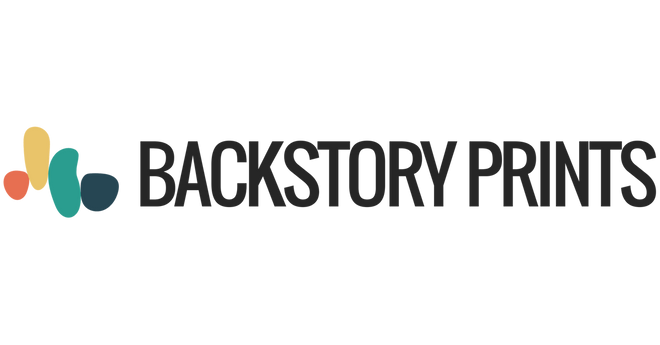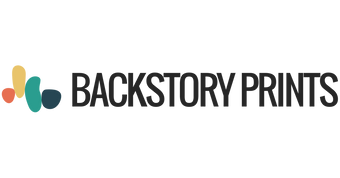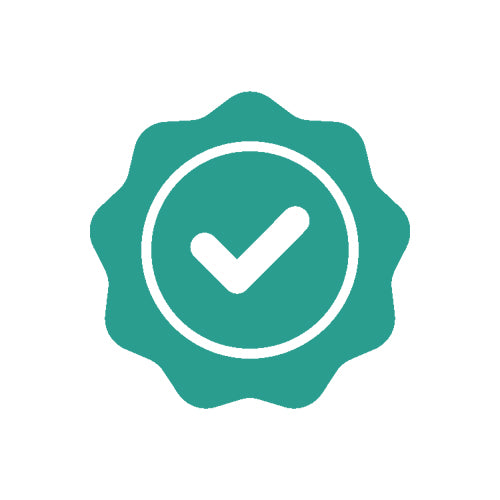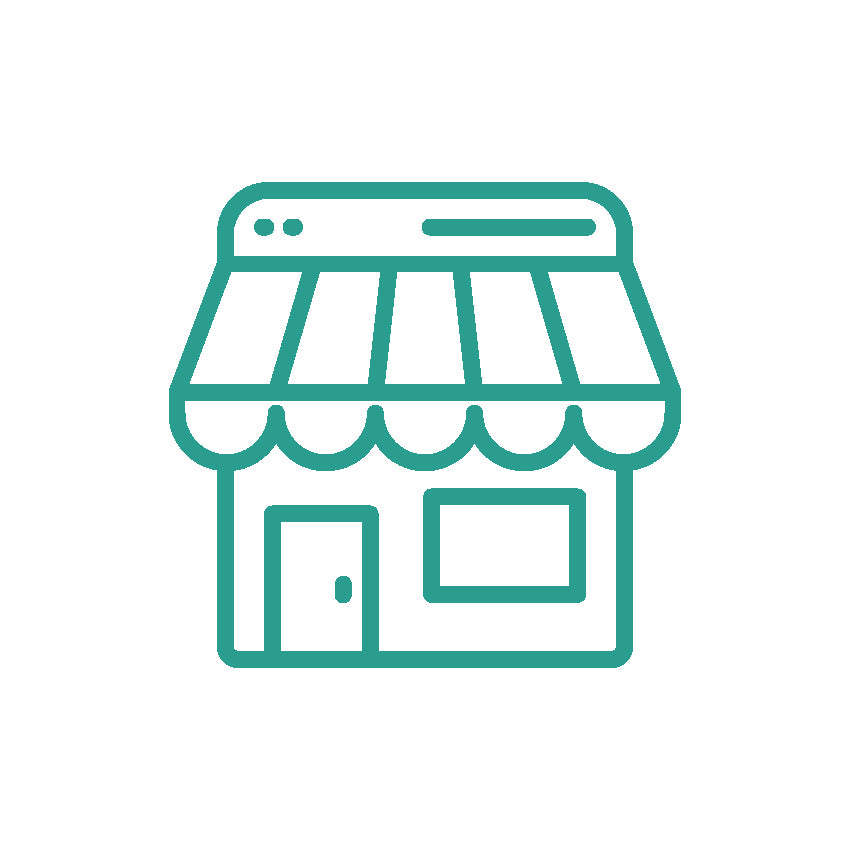Maximizing Profits: Financial Tips for Running Your POD Store
Running a print-on-demand (POD) store can feel like juggling flaming torches while riding a unicycle. It's exciting, but one wrong move and you might singe your eyebrows! With the right financial strategies, though, you can keep your balance and even enjoy the ride. Let's dive into some financial tips that will help you maximize profits and keep your POD store thriving.
1. Understand Your Costs (And Avoid Sticker Shock)
Ever ordered a fancy coffee and then gasped at the total when the barista handed you the receipt? Running a POD store can feel the same way if you don’t keep a close eye on costs.
Production Costs: The price of producing each item can vary significantly. Research and compare different suppliers to ensure you're getting the best bang for your buck. Remember, cheaper isn't always better. Quality matters. (I’m just gonna boast a bit here = but at BSP we offer great pricing - $9.68 for a B+C 3001 and we guarantee the best quality prints in the market! Try us out and order a free sample.)
Shipping and Handling: Shipping costs can sneak up on you like a cat determined to sit on your keyboard. Ensure that you’re fully aware of what you’re paying for shipping – do NOT assume that it’s the same across all your products. Then, depending on the platform you’re selling on, either charge the shipping cost to your customer OR add it to your product price.
Platform Fees: Selling on platforms like Etsy, Amazon, or Shopify isn't free. Listing fees, transaction fees, and payment processing fees can all add up. Factor these into your pricing strategy so they don’t eat into your profits faster than you can say “print-on-demand.” Also be aware of what you’re paying to your print partner monthly in terms of subscription fees. (Not to blow our own horn here – but at Backstory Prints, you’ll never pay any monthly subscriptions!). All these small fees here and percentages there – add up!
2. Optimize Your Pricing Strategy (Without being a Rocket Scientist)
Competitive Pricing: Have you ever bought a ridiculously overpriced ice cream just because it had gold flakes on it? Don't be that ice cream. Research what your competitors are charging and aim to price your items competitively, ensuring you still make a profit.
Value-Based Pricing: If your products are unique or of exceptional quality, charge accordingly. People will pay more for something special – like that ice cream with gold flakes, but actually worth it. Highlight what makes your products stand out in your descriptions.
Dynamic Pricing: Think of dynamic pricing like your favorite rollercoaster – it goes up during peak times and down during slower times. Adjust your prices based on demand, seasonality, and inventory levels. Hike them up during the holidays and offer discounts during quieter months.
3. Leverage Bulk Ordering (When It Makes Sense)
While POD is usually about one-off items, sometimes bulk ordering makes sense. Bulk orders can reduce unit costs and increase your profit margins. If you have a bestseller, consider ordering in bulk – just make sure you have the storage space and demand to back it up. (Reach out to us for awesome bulk discounts!)
4. Monitor and Manage Cash Flow (So You Don't Have to Live on Ramen)
Regular Financial Reviews: Schedule regular check-ins with your finances like you would with a favorite TV show. Use accounting software to automate this process and gain insights into your cash flow. Regular reviews help you spot areas to cut costs or invest more.
Budgeting: Create a detailed budget that includes all your expenses and revenue. It’s like a financial roadmap for your business. Revisit and adjust it periodically to reflect changes in your business landscape.
Reserve Funds: Set aside reserve funds for unexpected expenses or slow sales periods. It’s like having a stash of chocolate for emergencies – you’ll thank yourself later.
5. Reduce Returns and Refunds
Accurate Product Descriptions: Ever bought a sweater online only to find it fits your cat better than you? Avoid this by providing detailed and accurate product descriptions. Include dimensions, materials, and care instructions. High-quality images from multiple angles can help customers make informed decisions.
Quality Control: Only work with providers where you can trust that they will deliver products to the quality standards that you have set for yourself. Sending out a defective product is like serving someone soup with a fly in it – it leaves a bad taste. (If you work with us, we’re happy to send you a pics of your products before shipping initially. We understand that we’re representing your business and that’s a REALLY big deal to us.)
Clear Return Policies: Establish clear and fair return policies. Outline the conditions under which returns are accepted. This helps manage customer expectations and reduces unnecessary returns.
6. Tax Planning and Compliance (Because the Tax Man Cometh)
Understand Tax Obligations: Different regions have varying tax regulations for online businesses. Understand your tax obligations, including sales tax collection and remittance. A chat with a tax professional can prevent future headaches.
Tax Deductions: Take advantage of tax deductions available to online businesses. This can include deductions for home office expenses, software subscriptions, and marketing costs. Keeping detailed records of your expenses will maximize your deductions.
7. Invest in Marketing Strategically (Get Seen Without Going Broke)
Cost-Effective Marketing: Utilize cost-effective marketing strategies like social media marketing, email campaigns, and content marketing. Analyze the performance of your marketing efforts to identify the most effective channels.
Paid Advertising: Consider investing in paid advertising like Google Ads or Facebook Ads to reach a larger audience. Set clear goals and budgets for your campaigns and monitor their performance to ensure a good return on investment.
Customer Retention: It’s cheaper to keep an existing customer than to acquire a new one. Implement loyalty programs, offer discounts for repeat purchases, and engage with customers through personalized communications.
8. Utilize Analytics for Decision Making (Knowledge is Power)
Sales Data Analysis: Use analytics tools to track sales data and customer behavior. This can provide insights into which products are performing well and where there are opportunities for improvement.
Performance Metrics: Regularly review key performance metrics like conversion rates, average order value, and customer acquisition costs. These metrics help you make informed decisions to optimize your store and improve profitability.
9. Continuous Learning and Improvement (Stay Ahead of the Curve)
Stay Updated: The POD industry is constantly evolving. Stay updated with the latest trends, tools, and best practices. Join industry forums, attend webinars, and read blogs to keep your knowledge current.
Customer Feedback: Actively seek and act on customer feedback. This can provide valuable insights into how you can improve your products and services.
Adapt and Innovate: Be willing to adapt your business strategies and innovate. Whether it’s introducing new product lines, exploring new marketing channels, or improving your efficiency, continuous improvement is key.
By following these financial tips, you can keep your POD store profitable and enjoy the journey. Remember, effective financial management is an ongoing process that requires regular review and adjustment. With diligence and strategic planning, your POD store can thrive and perhaps even make you enough money to buy that fancy coffee without any guilt. Cheers to your success!








Leave a comment